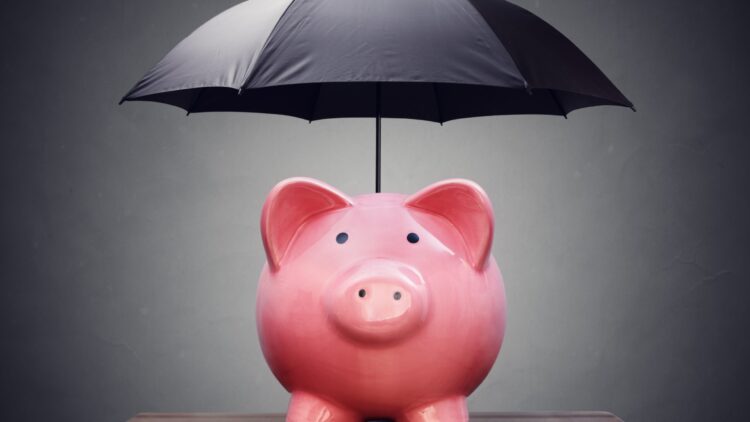
DC’s budget for Fiscal Year (FY) 2021 shows that three of the District’s four reserves are fully funded. The budget also shows that $1.2 billion of the $1.4 billion DC had in its reserves at the start of the pandemic is assumed to be in the bank at the end of the fiscal year. This is the clearest evidence that the District is using only a small fraction of its reserves to address the harm of the pandemic.
It’s correct, as some note, that the District also used two other reserves in the current fiscal year, but those reserves are used every year. They’re used for short periods and repaid in the same year. These reserves are not used as rainy day funds, which get built up in good economic times and then drawn down in recessions when tax collections fall. Rainy day reserves help the District weather the ups and downs of the business cycle, rather than manage regular cash-flow needs each year.
Here’s the status of DC’s four reserves:
- One True Rainy Day Fund: Lawmakers can tap the District’s Fiscal Stabilization Reserve when revenues fall in an economic downturn, and they don’t have to repay the funds until the city returns to budget surpluses. The FY 2021 budget fully used what was projected to be available in this reserve, or $213 million. (Projections were slightly off, and $5.7 million remains in the fund, according to the annual audit.)
- One Completely Unused Reserve: DC has one reserve that is essentially useless—the Emergency Reserve. Due to restrictions set by the Congress over use of the funds, rules that require rapid replacement, and the District’s decision to only use this for “any truly calamitous event that may occur,” this $160 million fund is effectively inaccessible.
- Two Reserves that Are Used Every Year, but Not as Rainy Day Funds: The bulk of DC’s reserves are in two funds that get used every year, but are almost always repaid within the same year.
- The Cash Flow Reserve Account, with $730 million, is used for very short-term cash-flow needs. Any money that District officials use must be repaid in the same fiscal year, including the $300 million that the District has already used. The District uses this fund every year regardless of the economy, but it can’t serve as a rainy day fund.
- The Contingency Reserve, another reserve mandated by Congress, must be repaid quickly when used—starting within a year and completed within two. This makes this $320 million fund unavailable as a rainy day fund. The Mayor uses the Contingency Fund every year but only when it is likely that funds can be replenished quickly, such as through a year-end budget surplus or federal recovery dollars. Approximately $110.3 million is in the reserve at this point.
As DCFPI recently wrote, lawmakers should change the rules to make more reserves available as rainy day funds. Here’s an example of how it would work.
- The District could change the Cash Flow Reserve to free up $300 million to be budgeted for pandemic-related needs, such as small business grants, or school investments.
- With less money to support cash-flow needs, DC could borrow up to $300 million from Wall Street in short-term borrowing, if needed. The funds would be repaid in the same year, just as DC currently repays its own cash-flow fund whenever money is used. DC would incur a few million dollars in interest costs at a time when interest rates are historically low.
- By borrowing to meet cash flow needs, rather than relying on its own funds, DC could free up hundreds of millions to meet urgent pandemic needs while incurring a small added cost in interest payments.
As District officials look for additional revenue to meet urgent needs, the evidence is clear that the city can more strategically tap its reserves, and at minimum, improve the rules that govern the use of our reserves for the next economic downturn.
